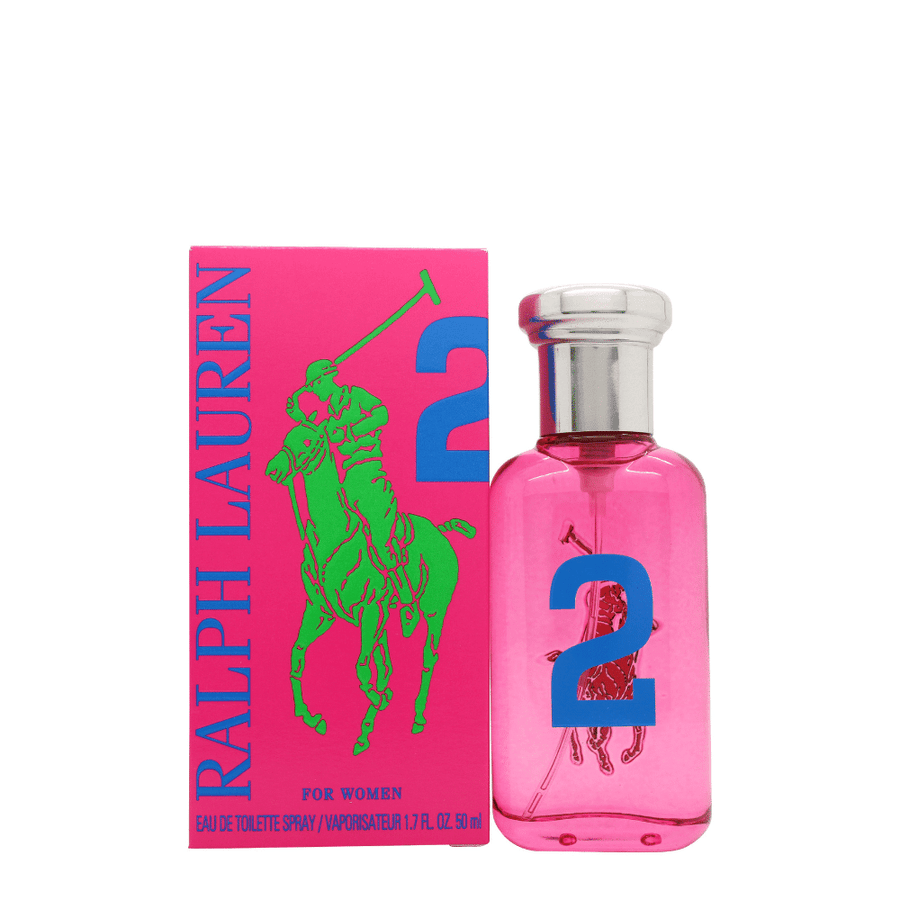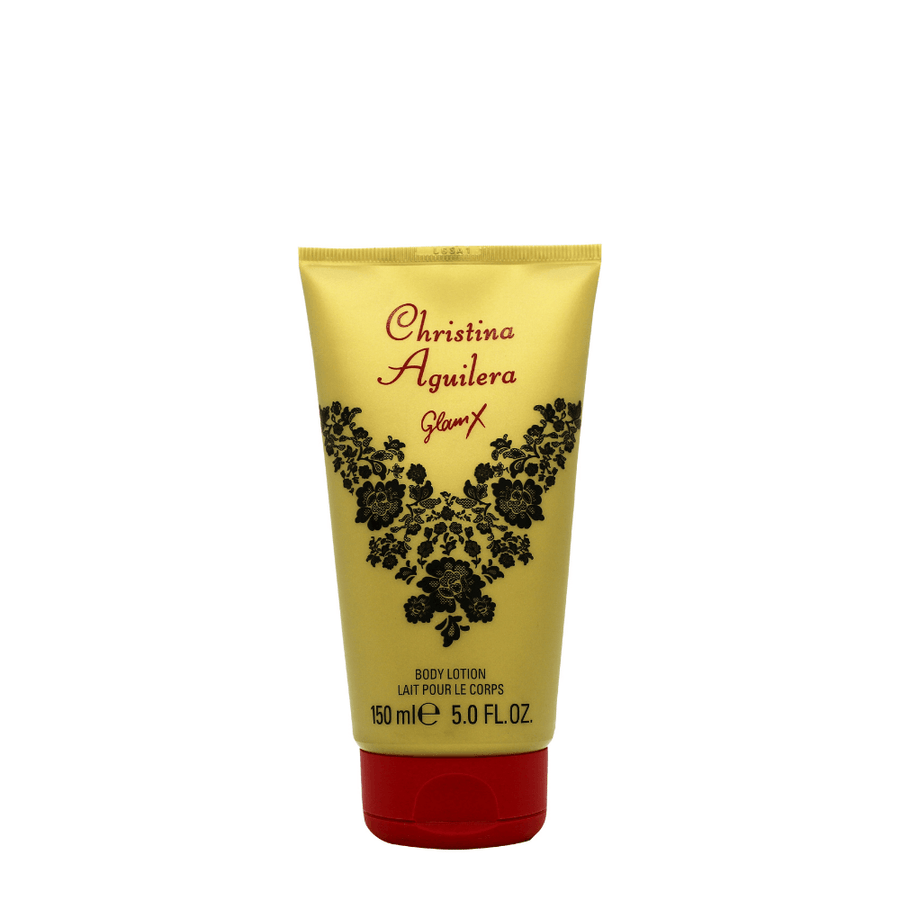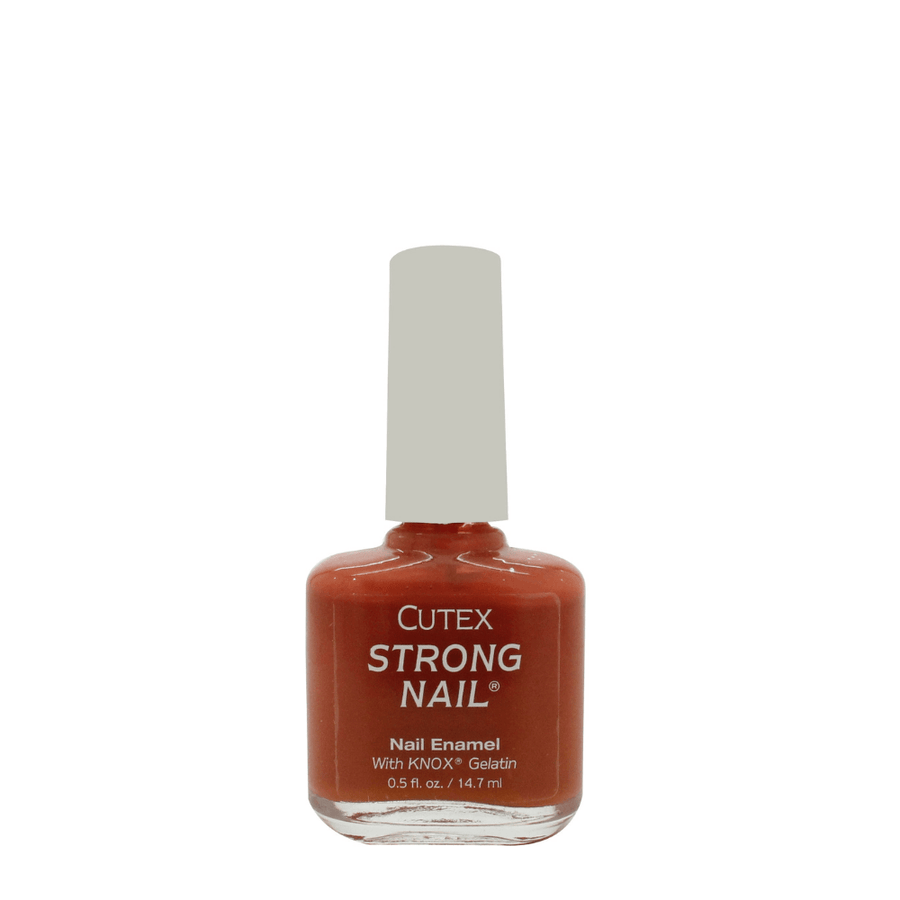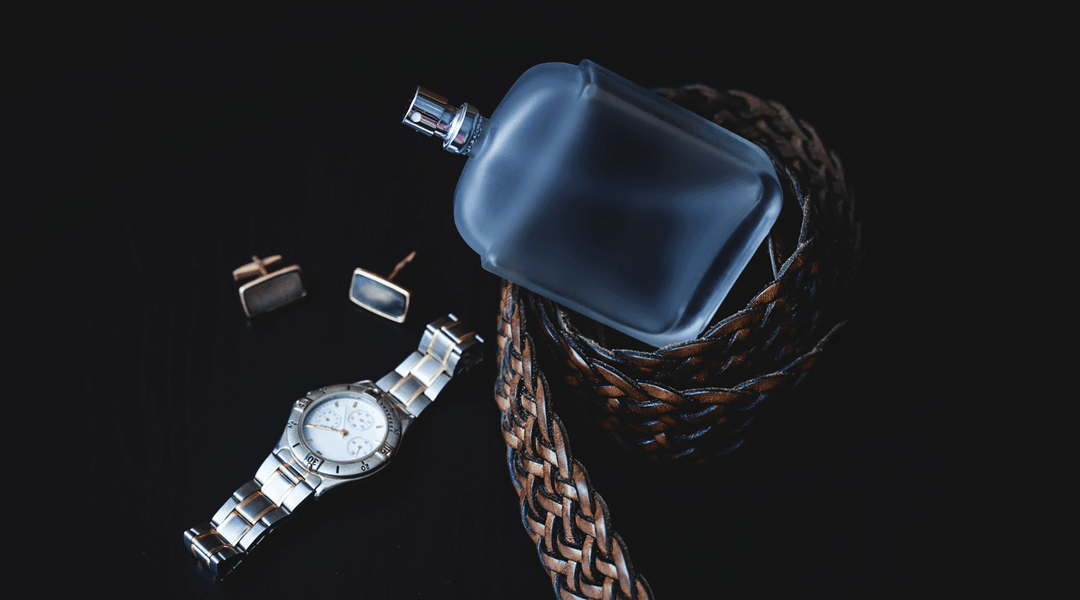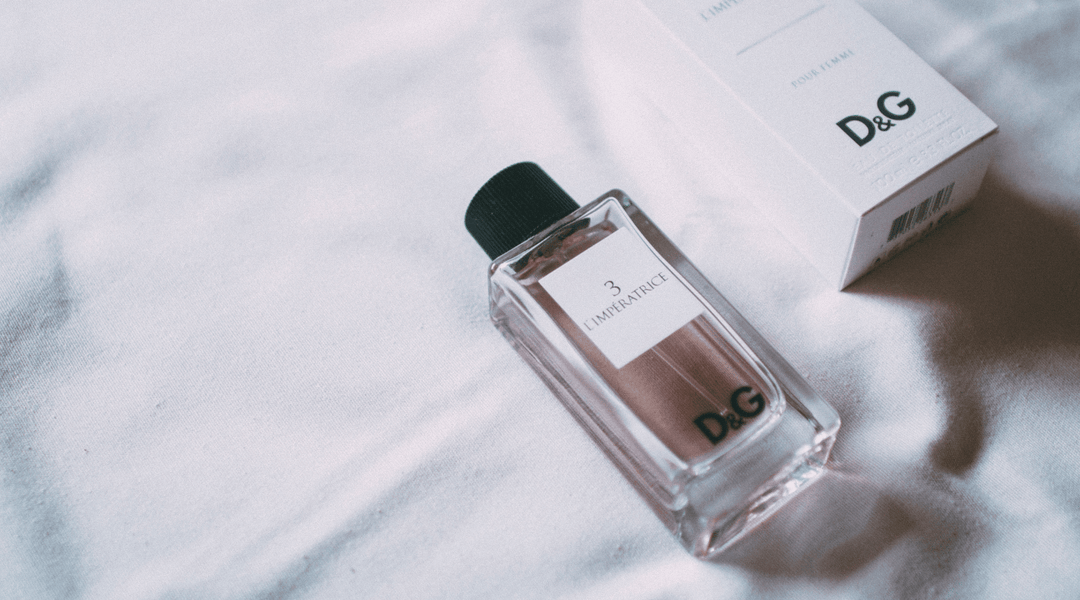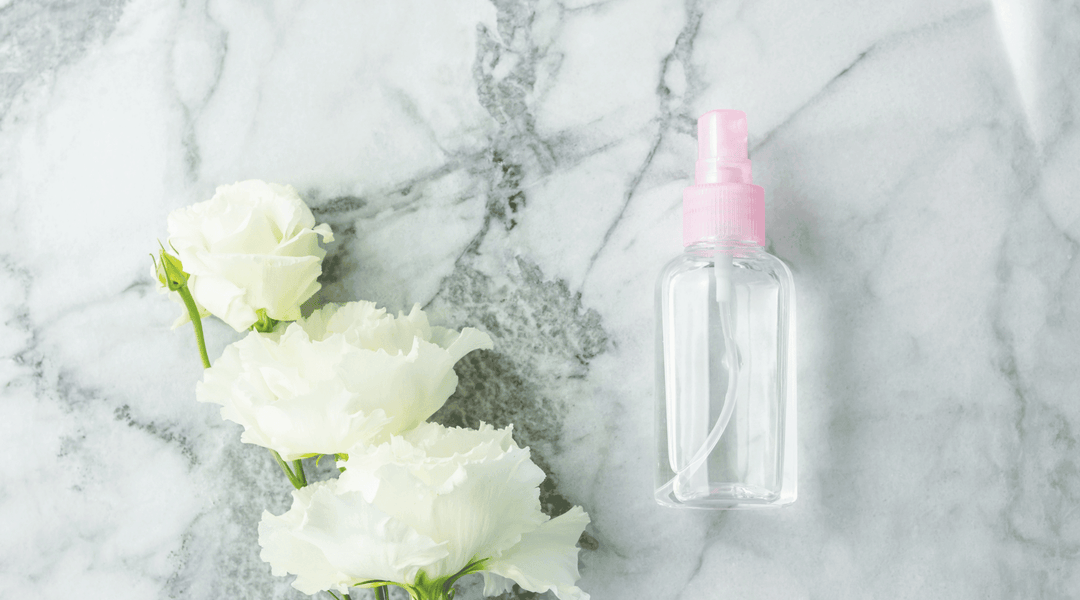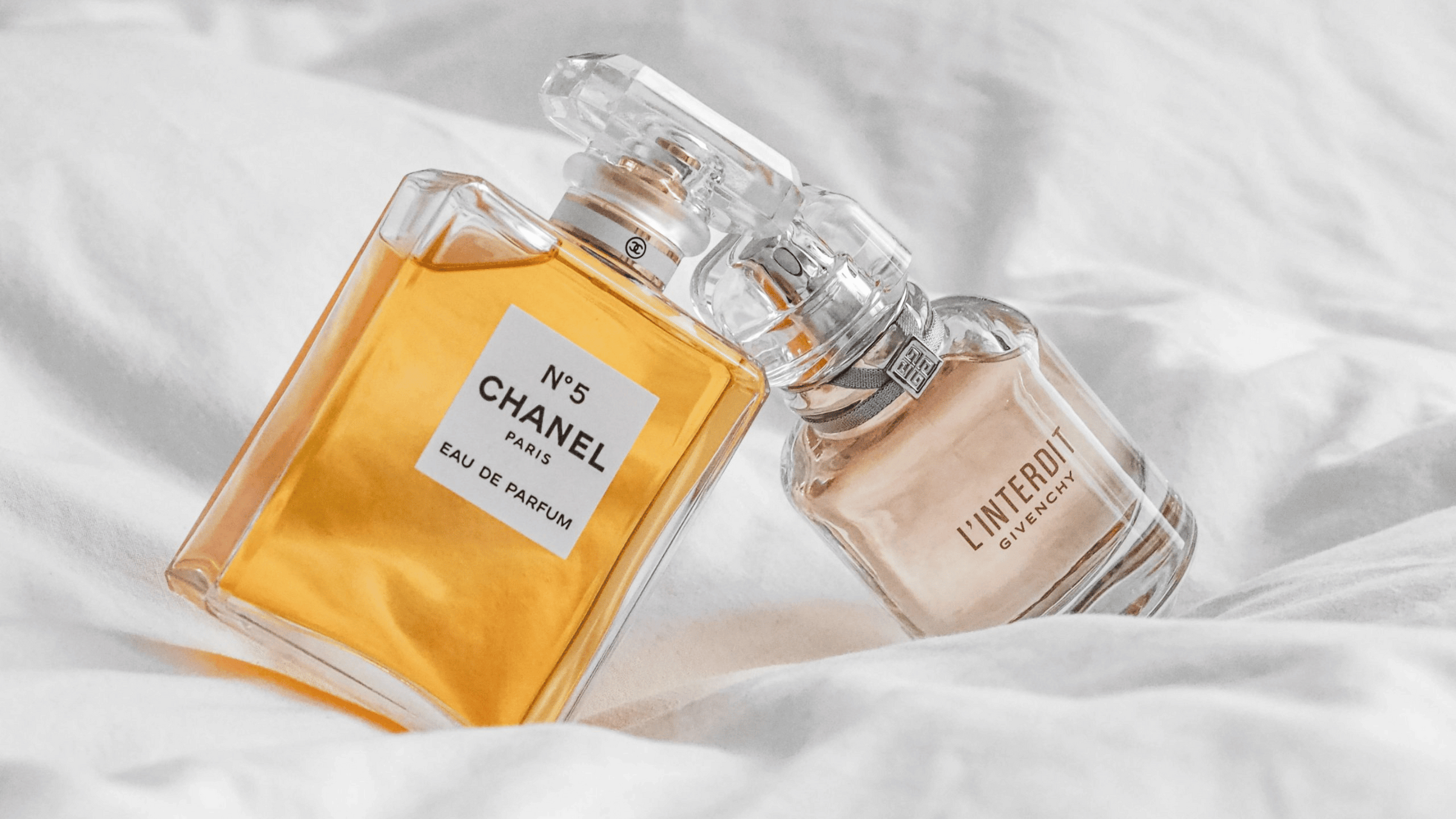
Perfume
Imagine being transported to a garden in full bloom, surrounded by fragrant flowers and aromatic herbs. Such is the power of perfume - a sensory journey that stimulates our olfactory senses and evokes deep emotions. In this text, we embark on a captivating journey through the world of perfume and reveal the secrets of this ancient art form. From the history and science of perfume to the ingredients and types of fragrances, we uncover the mysteries behind these magical elixirs that have enchanted humanity for centuries.
Perfume: A fragrant introduction
The word 'perfume' comes from the Latin phrase per fumum, which means 'through smoke'. Its origins can be traced back to ancient civilizations where aromatic substances were burned during religious ceremonies and rituals. Perfume has been an integral part of human culture since ancient times, crossing borders and uniting people through the sense of smell. Let's embark on a fragrant journey through the ages and discover how perfume has evolved over time.
The ancient scents: Perfume in antiquity
Perfume production can be traced back to ancient civilizations, including the Mesopotamians, Egyptians and Greeks. In these ancient societies, scents played a crucial role in religious ceremonies as offerings to the gods. They were also used for personal adornment and as status symbols.
The ancient Egyptians, known for their fascination with beauty and hygiene, were early pioneers in perfume production. They created intricate perfume formulas using natural ingredients such as myrrh, frankincense and cinnamon. Perfumes were very valuable, and it was even believed that scents had magical and healing properties.
The Fragrant Renaissance: Perfume in the Middle Ages
During the Middle Ages, perfume underwent a significant change. With the rise of Islamic civilization, perfume production flourished in the Arab world. The Arabs mastered the art of distillation, a technique that revolutionized perfume making. They refined the process of extracting essential oils from flowers, herbs and spices, allowing for more delicate and nuanced scents.
Perfume became popular in Europe during the Renaissance. It became a symbol of luxury and wealth among the aristocracy. The royal courts of France, Italy and England embraced perfumes, and prominent figures such as Queen Elizabeth I of England and Catherine de' Medici of France had their own signature scents.
The fragrance revolution: Perfume in the modern era
The modern era witnessed a fragrance revolution, marked by advances in chemistry and the rise of commercial perfume houses. In the late 19th century, chemists began synthesizing aromatic compounds, giving perfume makers a wider variety of scents to work with. This led to the creation of iconic scents that are still produced today.
The 20th century saw an explosion of popularity for perfumes, with brands like Chanel, Guerlain and Dior revolutionizing the industry. Perfume became accessible to a wider audience, and the art of fragrance creation reached new heights of innovation and creativity.
The science behind fragrances
Perfume is a delicate balance between art and science. Behind the captivating scents is a complex mix of chemistry, biology and creativity. Let's immerse ourselves in the scientific aspects of perfumery and explore the intricate process of creating the perfect scent.
The fragrant symphony: Perfume composition
Perfume composition involves combining aromatic compounds to create a harmonious blend of scents. These compounds can be of natural origin, such as flowers, fruits and spices, or created synthetically in the laboratory. Perfume composition consists of three main elements:
Top notes
The initial impression of a fragrance, the top notes are the first scents we perceive upon application. They are often light and volatile, and disappear relatively quickly. Common top notes include citrus fruits, herbs and aromatic spices.
Middle notes (Heart notes)
Also known as heart notes, these scents appear after the top notes have disappeared. Middle notes form the core of a fragrance and contribute to its character and duration. Floral, fruity and spicy notes often dominate this part.
Base notes
Base notes provide the foundation for a fragrance. They are the longest-lasting scents and appear after the top and middle notes have disappeared. Base notes are often deep, rich and earthy, with ingredients like wood, musk and amber.
The nose knows: The role of perfumers
Perfumers, also known as 'noses', are the brains behind the creation of fragrances. These highly skilled professionals possess an exceptional sense of smell and an intimate understanding of fragrance composition. They combine their olfactory expertise with artistic creativity to create unique and captivating fragrances.
Creating a fragrance involves a careful process of mixing and experimenting with different ingredients. Perfumers rely on their sense of smell and the wide range of aromatic compounds at their disposal to bring their fragrance visions to life. Their work requires both technical precision and artistic talent, making perfumery a true art.
The power of pheromones: Scent and attraction
Scent plays a crucial role in human attraction and often acts as an invisible force of attraction. Pheromones, chemical substances secreted by animals, including humans, can elicit specific reactions and trigger attraction between individuals. Although the importance of pheromones in human attraction is still the subject of scientific debate, many researchers believe that scent plays a subtle but influential role in shaping social bonds and arousing romantic interest.
Revealing the perfume making process
Creating a new fragrance is an intricate process that requires a deep understanding of ingredients, artistry and market trends. Let's take a behind-the-scenes look at the perfume-making process, from inspiration to the final product.
Inspired by the scent: finding the history of fragrance
Every perfume starts with a concept or a source of inspiration. It can be a memory, a place, a person or even an abstract idea. Perfumers draw inspiration from a variety of sources, including nature, literature and personal experiences. The history of the fragrance lays the foundation for the scent and guides the perfumer through the creative journey.
The fragrance palette: choosing ingredients
Once the inspiration is established, perfumers carefully select the ingredients that will bring the fragrance to life. They choose from a wide range of essential oils, absolute oils, synthetic compounds and aroma chemicals. Each ingredient contributes to the overall scent profile and adds depth, complexity and character to the fragrance.
Blending the fragrant symphony: Perfume formulation
With ingredients in hand, the perfumer embarks on the process of formulation. They carefully blend different aromatic compounds in precise proportions, seeking the perfect balance between top, middle and base notes. This delicate execution requires expertise, intuition and a keen sense of smell.
During formulation, perfumers often create several iterations, refining the composition until it matches their fragrance vision. They evaluate the scent at different stages of development and allow it to mature over time to reveal its true character.
The art of evaluation: The smell test
Once the perfume formulation has reached a satisfactory level, the perfumer evaluates the fragrance through a process called the smell test. This evaluation involves smelling the fragrance on test strips or on the skin to assess its performance, duration and overall fragrance impression. The smell test helps perfumers to make necessary adjustments and further refine the fragrance.
Packaging the fragrance: Packaging and presentation
After the perfume formulation is complete, attention turns to packaging and presentation. Perfume bottles, often made with exquisite design and attention to detail, play a significant role in capturing the essence of the fragrance. The packaging conveys the brand's image and creates an emotional connection with consumers.
From lab to shelf: Perfume production and distribution
Once the perfume is ready for production, it undergoes large-scale manufacturing and distribution. Perfume houses work with manufacturers to ensure quality control and compliance with industry regulations. The fragrances are packaged, labeled and prepared for delivery to retail stores or online platforms, where they become available to consumers worldwide.
Explore fragrance families and types
Perfumes can be categorized into distinct fragrance families based on their scent profiles. Each fragrance family has its unique characteristics and appeals to different preferences. Let's explore the main fragrance families and discover the diverse range of scents they encompass.
Floral fragrances: A bouquet of flowers
Floral fragrances are the most popular and timeless fragrance family. They capture the essence of different flowers, from delicate roses and lilies to vibrant jasmine and lavender. Floral perfumes are usually feminine, romantic and exude a sense of elegance and sophistication.
Fresh scents: Peace of mind essence
Fresh fragrances are refreshing and evoke a sense of purity and vitality. They often have hints of citrus fruits, aquatic elements and green accords. These scents are perfect for those looking for a light, airy and refreshing fragrance experience.
Oriental fragrances: Sensual and exotic
Oriental fragrances are rich, warm and sensual, often with spice, resin and balsamic notes. They exude an aura of mystery and seduction and capture the senses with their grand and exotic compositions. Oriental perfumes are popular choices for the evening or special occasions.
Woody fragrances: Earthy and timeless
Woody fragrances include scents that come from different types of wood, such as sandalwood, cedarwood and patchouli. These scents are often warm, comforting and have a natural attraction. Woody perfumes are appreciated by those who appreciate a touch of earthy and sophisticated fragrance.
Citrus scents: Fresh and energizing
Citrus fragrances are characterized by their vibrant and fresh notes, which come from citrus fruits such as bergamot, lemon and grapefruit. They are invigorating, energizing and perfect for those seeking a burst of freshness and vitality. Citrus perfumes are ideal for daily use and warm seasons.
Gourmand fragrances: Delightfully delicious
Gourmand scents bring to mind delicious sweets and desserts. They often have hints of vanilla, chocolate, caramel and spices. Gourmand perfumes create a sensory experience reminiscent of indulgence and sweetness.
Chypre fragrances: Timeless elegance
Chypre fragrances are characterized by their sophisticated and elegant compositions. They usually combine citrus notes at the top with floral middle notes and a base of oakmoss and patchouli. Chypre perfumes exude a classic attractiveness and sophistication.
Fougère fragrances: masculine and fresh
Fougère fragrances are traditionally masculine scents that combine aromatic herbs, lavender and woody notes. They have a fresh and crisp character that often evokes a sense of masculinity and confidence. Fougère perfumes are popular choices for men's fragrances, but can also be enjoyed by anyone who appreciates a touch of classic masculinity.
Frequently asked questions about perfumes
What is the difference between perfume, Eau de Parfum and Eau de Toilette?
Perfume, Eau de Parfum and Eau de Toilette refer to the concentration of fragrance oils in a product. Perfume has the highest concentration and lasts the longest, followed by Eau de Parfum and Eau de Toilette. The choice depends on personal preference and the desired intensity of the scent.
How should I apply perfume for a long-lasting scent?
To make your perfume last longer, apply it to pulse points such as the wrists, neck and behind the ears. The warmth from these areas will help spread the scent. Also, moisturized skin retains fragrances better, so consider applying a fragrance-free lotion before applying the perfume.
Can I mix different perfumes?
Yes, you can mix different perfumes to create a unique scent. However, be careful when combining fragrances, as some combinations can clash and result in an unpleasant smell. It is best to experiment with small amounts and test the mixture on your skin before applying it more extensively.
How can I store my perfumes to maintain their quality?
To preserve the quality of your perfumes, store them in a cool and dry place away from direct sunlight. Heat and sunlight can change the fragrance composition. In addition, keep perfume bottles well sealed to prevent evaporation and maintain their original scent.
Can perfumes get old?
Perfumes have a limited shelf life and can get old over time. In general, most perfumes remain stable and retain their quality for about three to five years. However, this can vary depending on ingredients and storage conditions. If a perfume starts smelling strange or loses its original scent, it is most likely past its expiry date.
Conclusion: A fragrant finale
Perfume is a magical creation that combines art, science and emotion. It has the power to transport us to distant memories, evoke deep emotions and create lasting impressions. From its ancient origins to the modern fragrance industry, perfume continues to fascinate us with its enchanting scents.
Whether you prefer floral bouquets, fresh citrus scents or alluring oriental blends, there is a perfume for every preference and occasion. So indulge your senses, explore the diverse world of fragrances and find the perfect scent to suit your unique personality.


